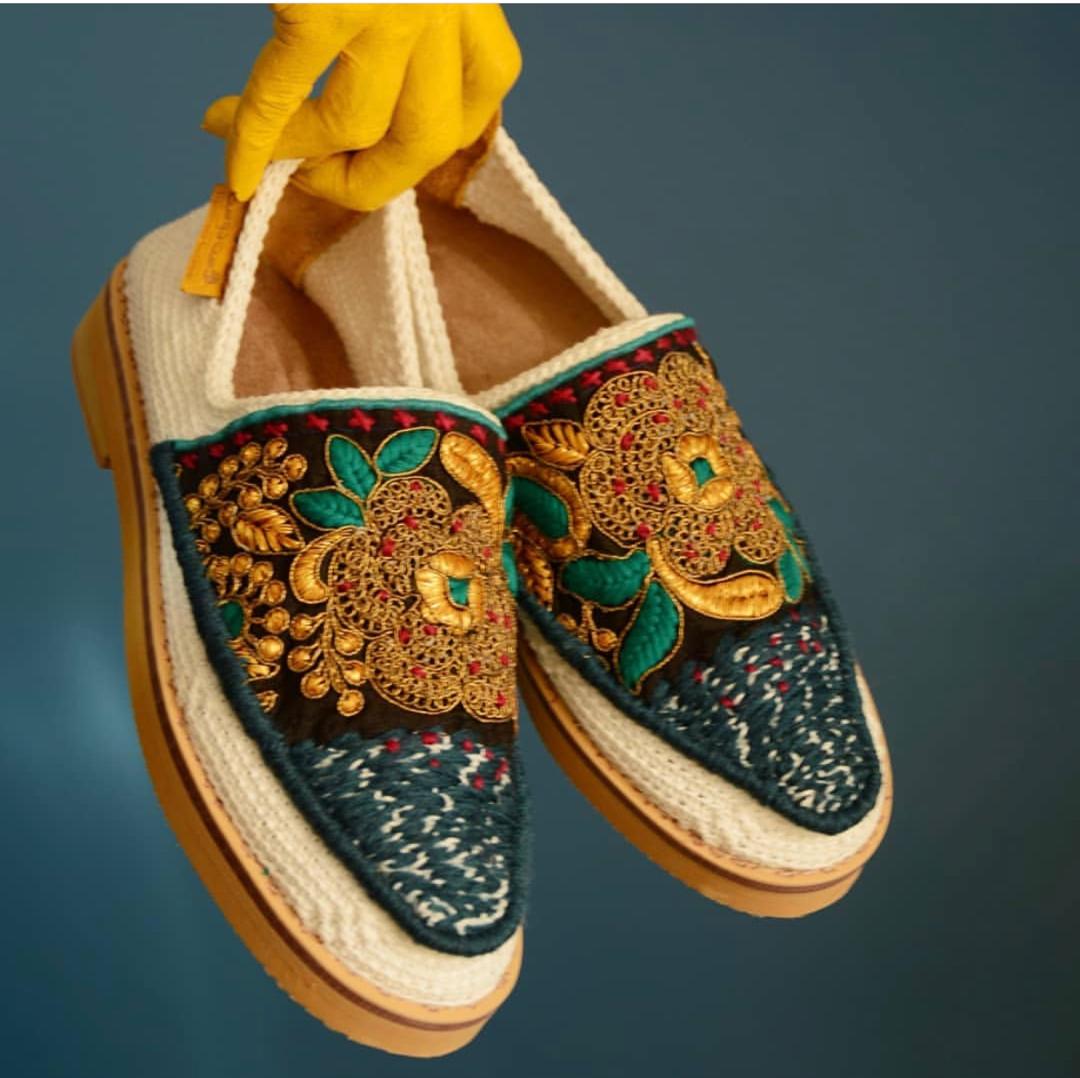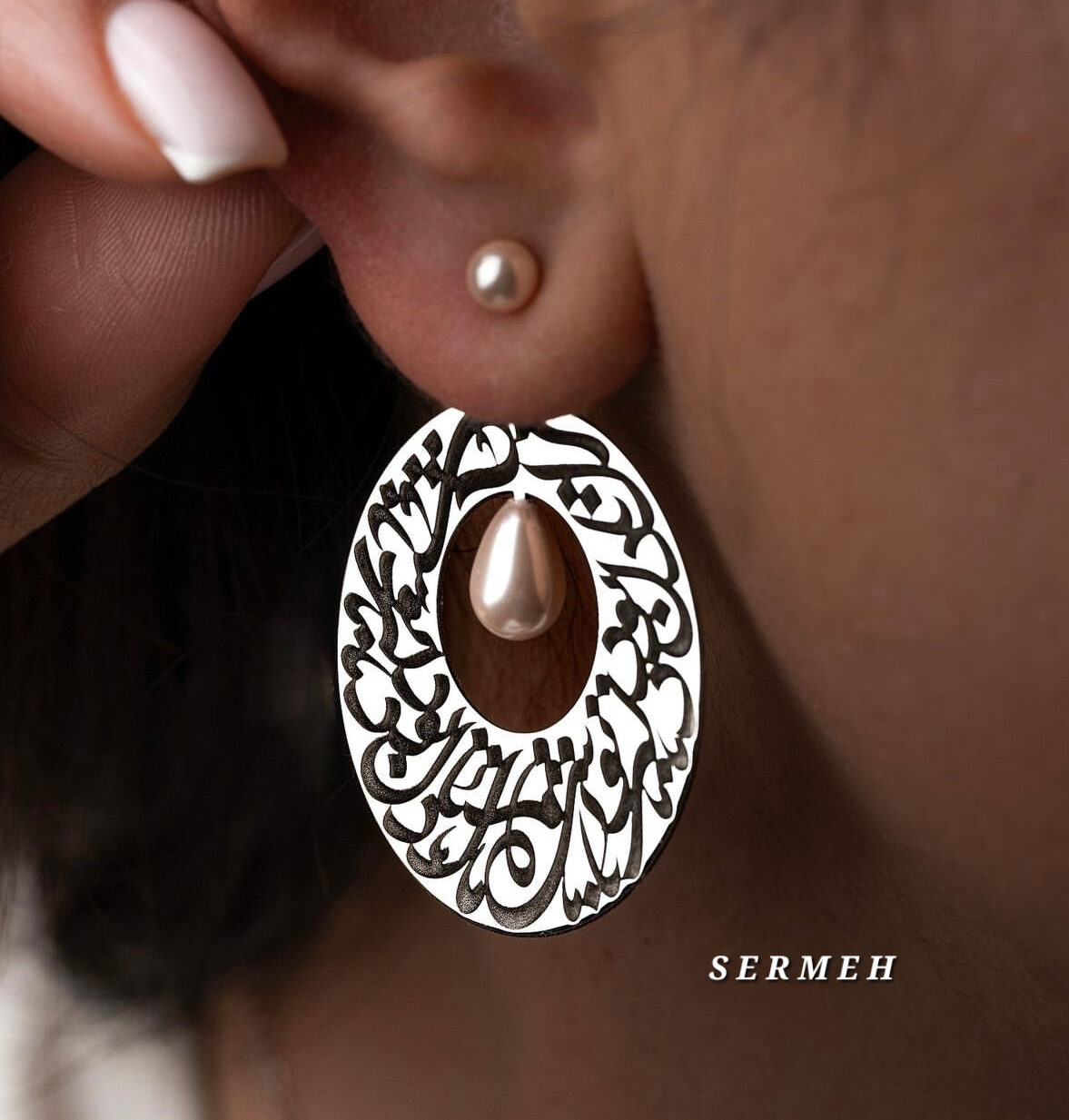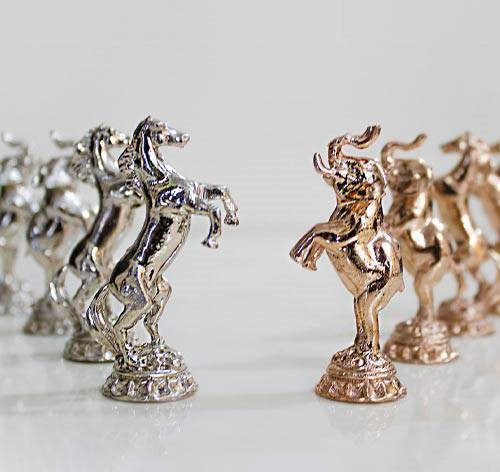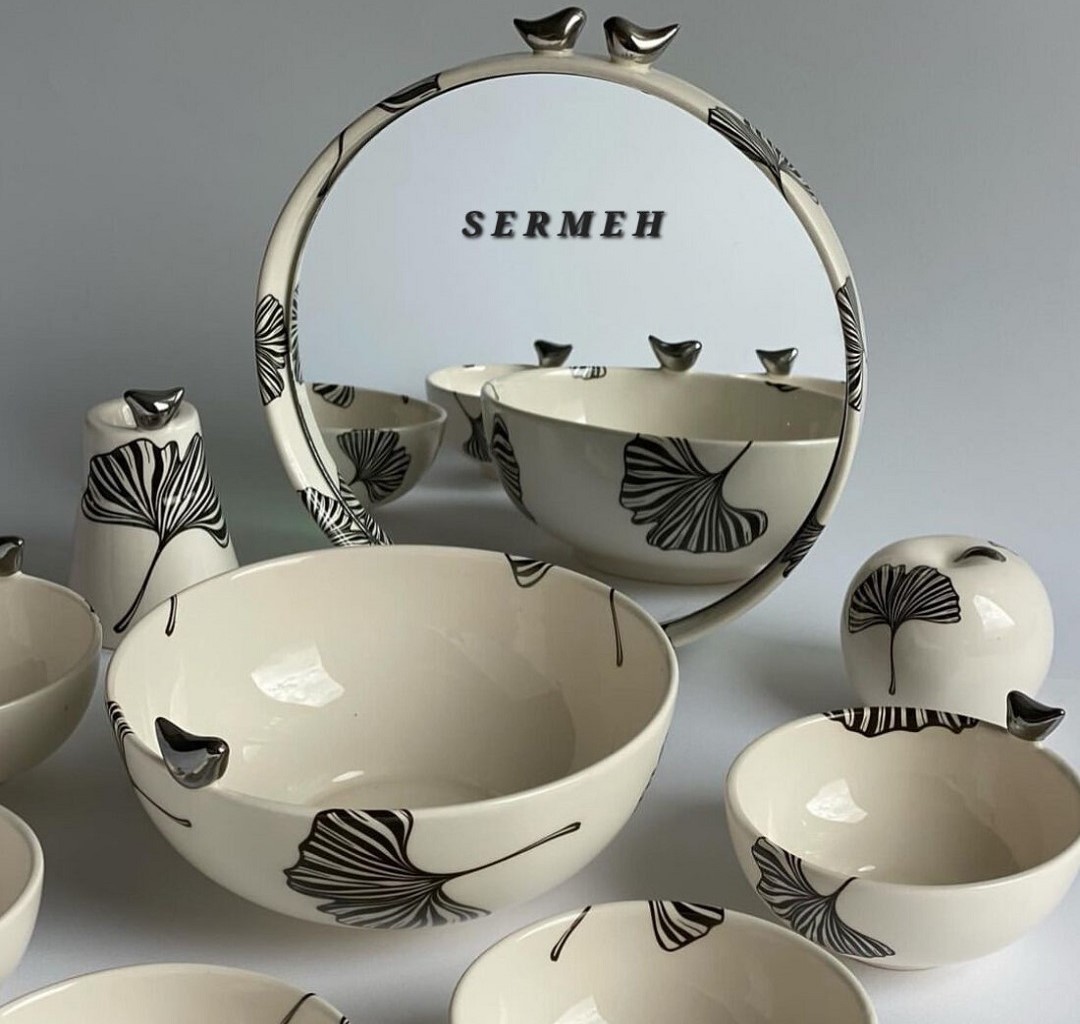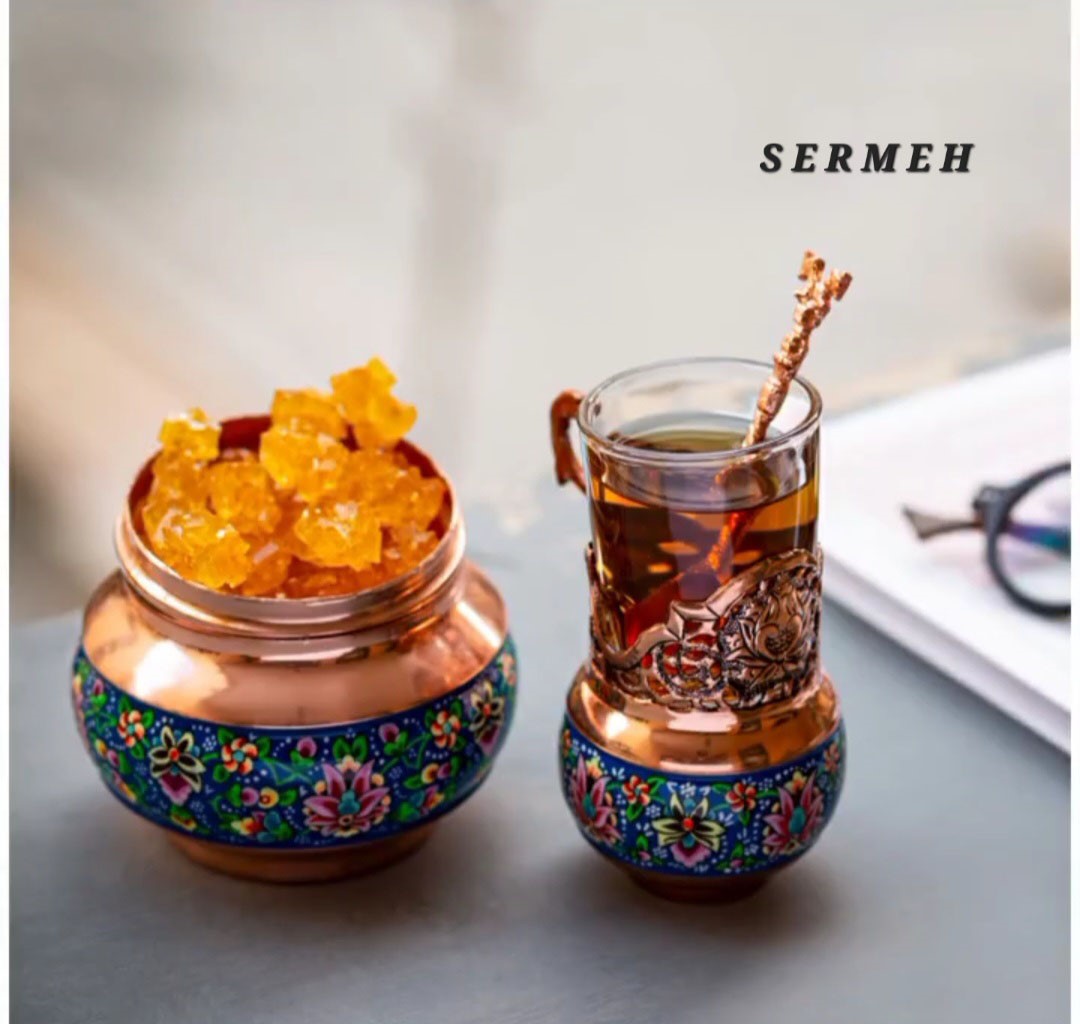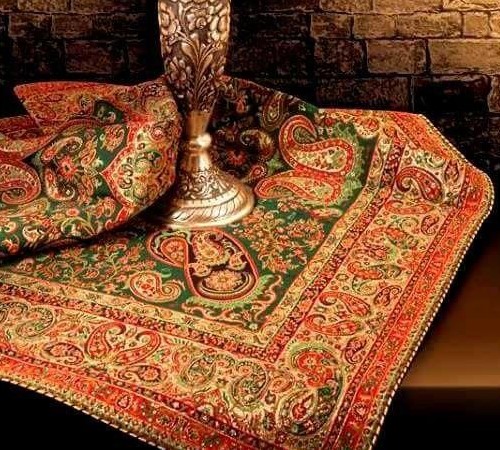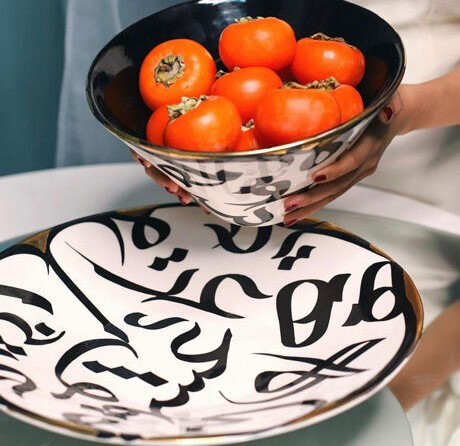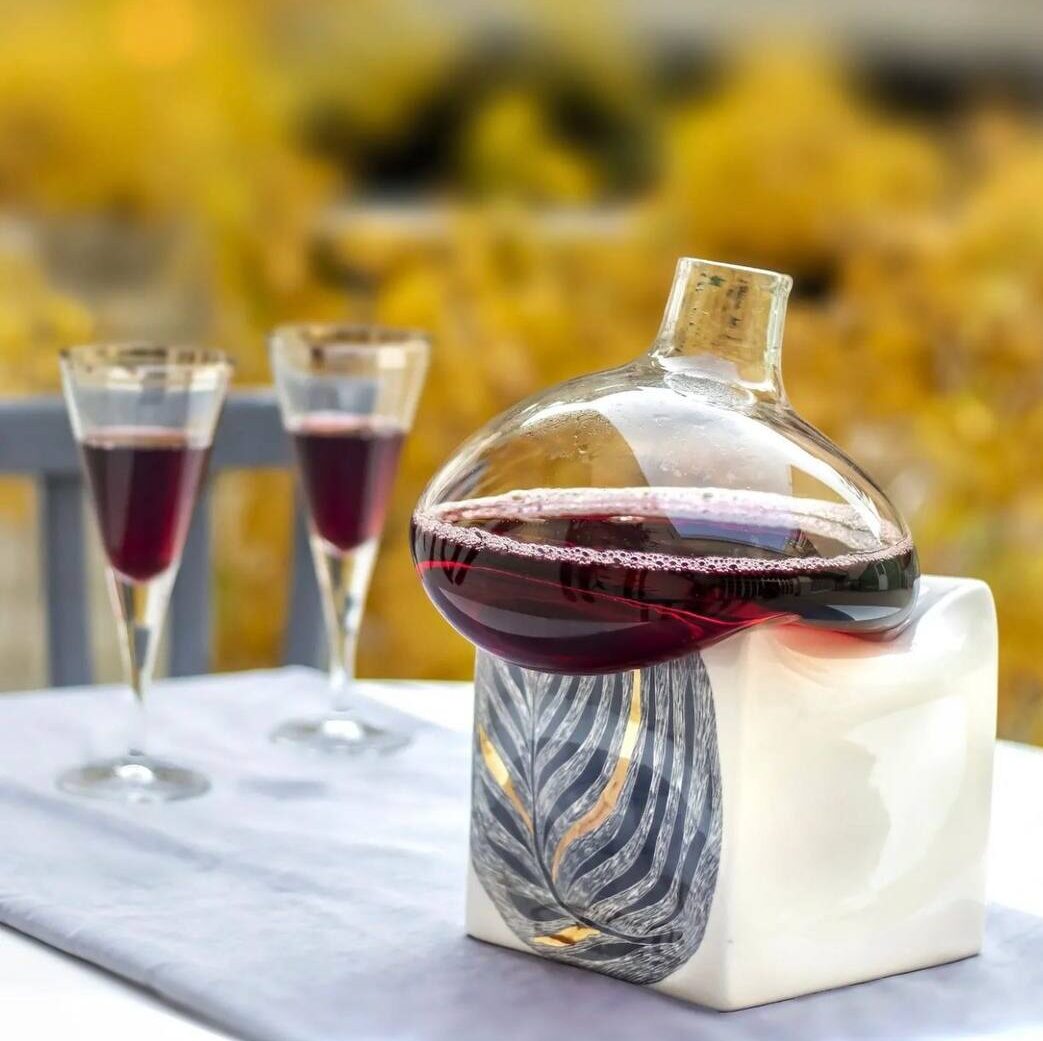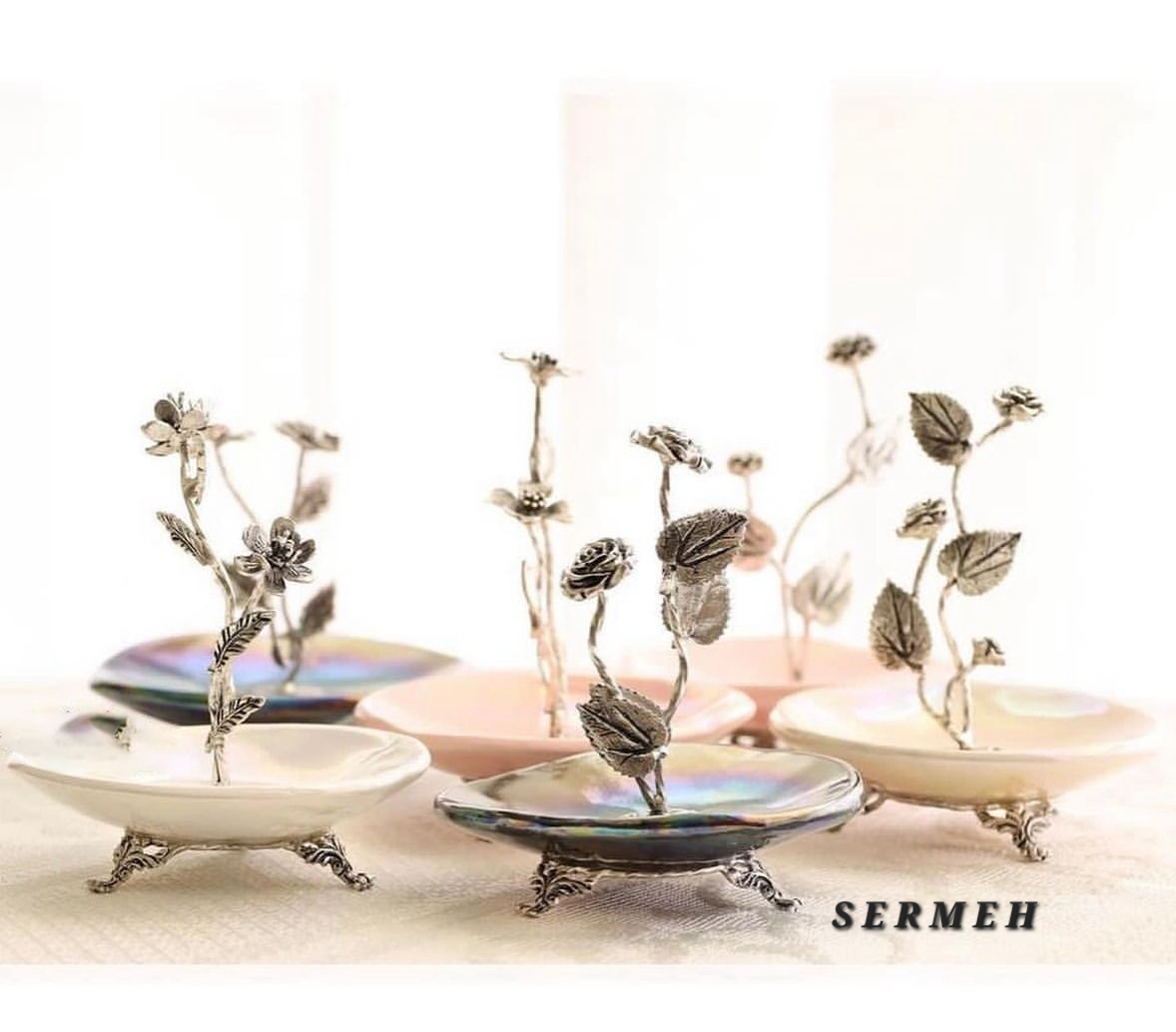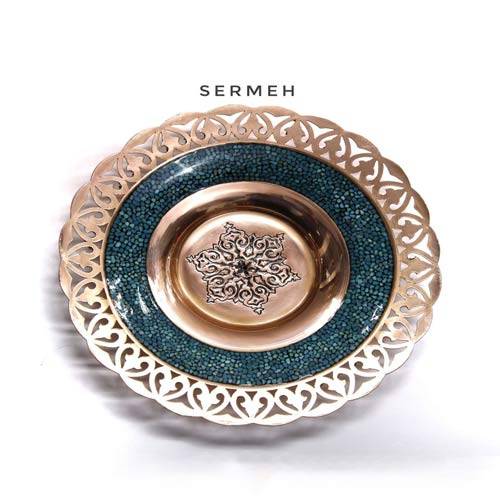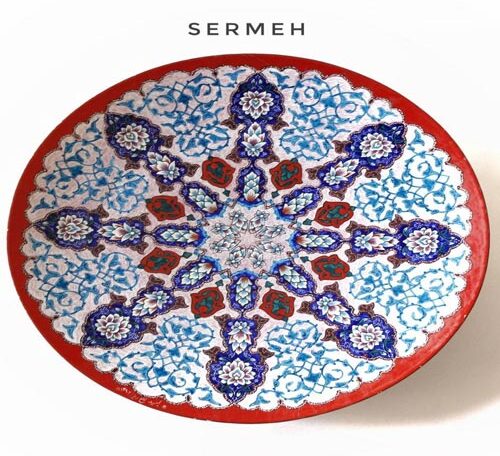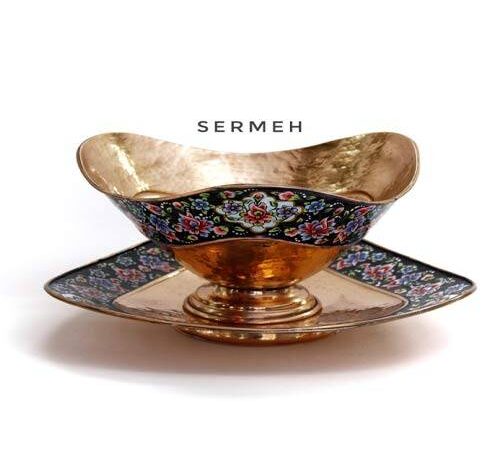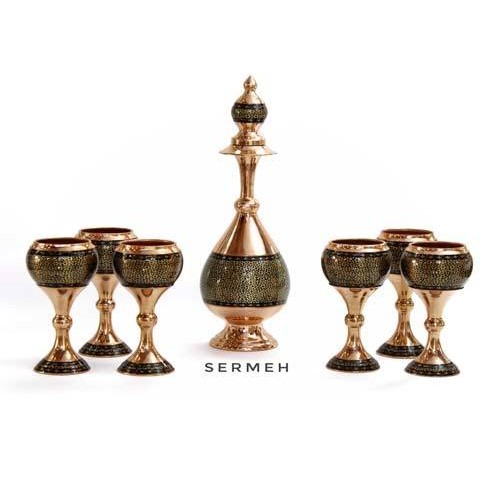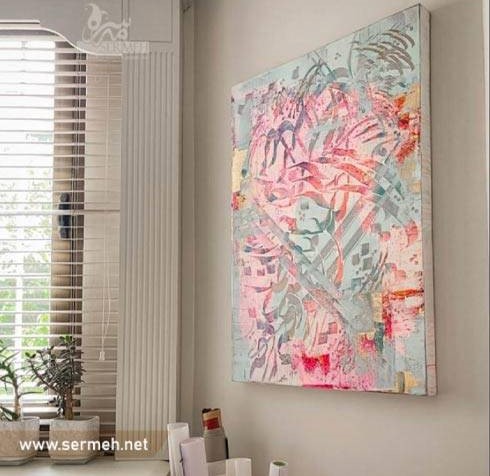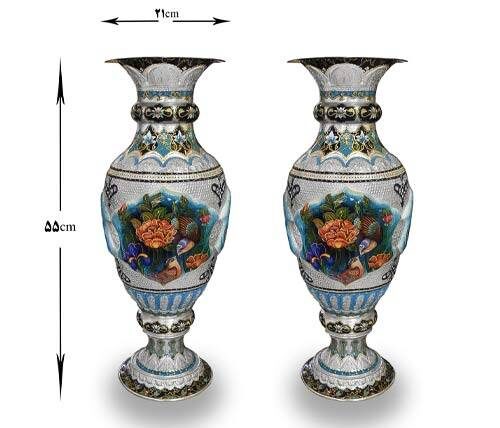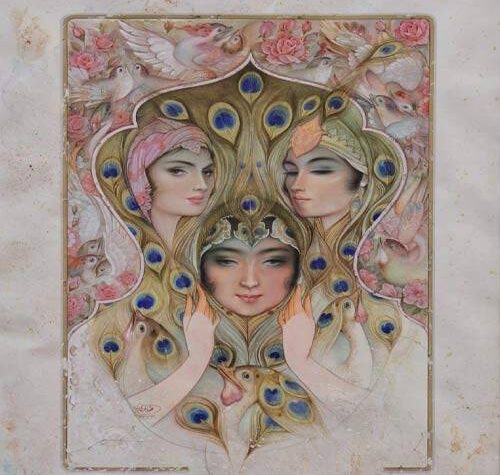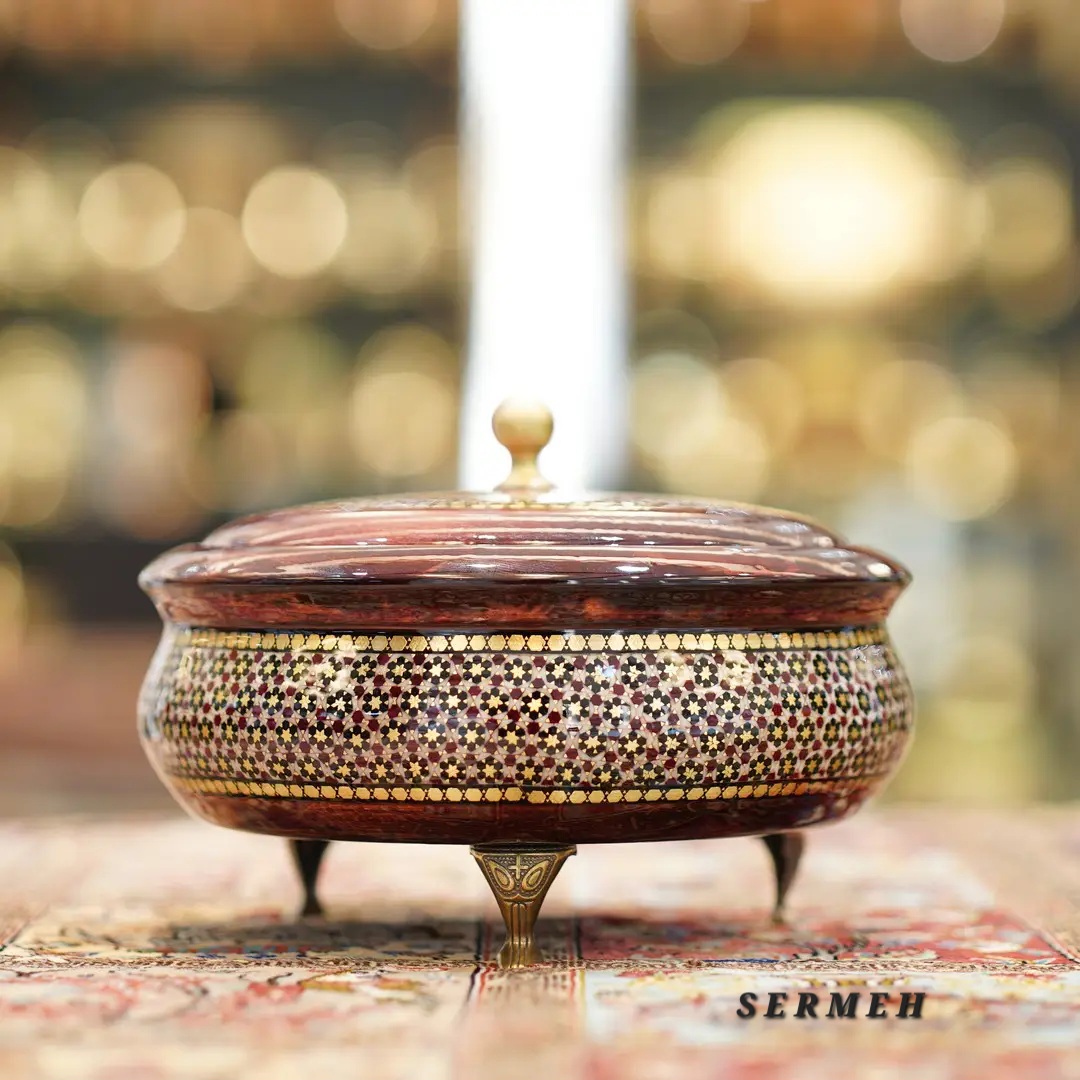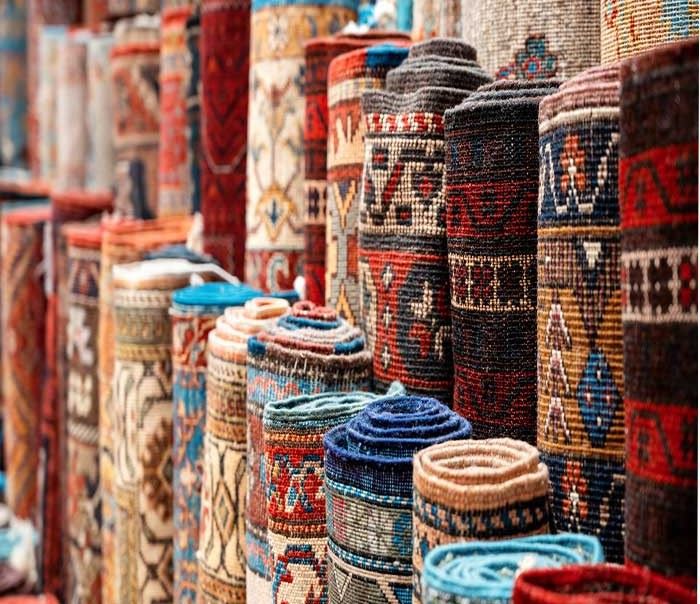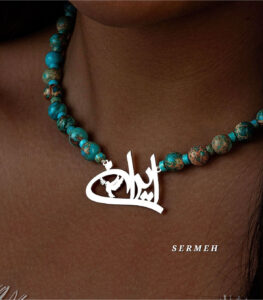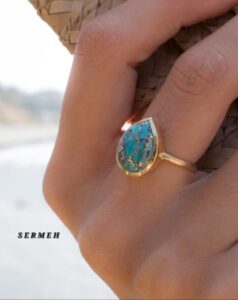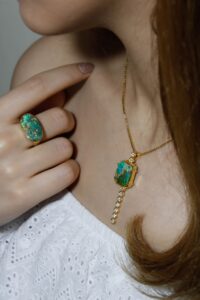History Of Turquoise
Turquoise is one of the oldest gemstones used as a living stone in jewelry. Jewelry made with this stone has had many fans throughout history. Turquoise is one of the first gemstones discovered by humans more than 7500 years ago and is considered one of the most attractive gemstones on earth. Turquoise is one of the first precious stones ever mined. This precious stone, which has been known all over the world since the time of the ancient Egyptians and has been of great interest, dates back to 6000 years BC, in the Sinai Peninsula of Egypt.
Turquoise is hydrated copper and aluminum phosphate. The colour of turquoise is dependent on the amount of iron and copper present in it, and based on the difference in the abundance ratio of each of these pigment metals, the colour of the stone can be changed from deep sky blue to pale sky blue and greenish blue to pale green. As with other gemstones, the richer and deeper colours of turquoise are more desirable.
The most popular colour of turquoise is a deep sky blue. Pale blue-green is less popular. The turquoise colour is often accompanied by streaks of brown limonite or black manganese oxide. The black and turquoise veins are called “spider webs”.
The place of discovery and history of turquoise in the world
Turquoise formed millions of years ago in unusually arid regions of the world where copper, aluminum phosphate and other special minerals accumulated. The oldest known turquoise deposit in the world is believed to be the Maghara Wadi mine located in the Sinai Peninsula.
Thousands of workers mined these deposits and prepared turquoise stones for the pharaohs and use in jewelry, decorative arts, and turquoise ornaments. These turquoise mines were mined for more than 2000 years but were abandoned over time. In the middle of the 19th century, the abandoned mines were discovered and by the early 20th century they were fully mined and emptied.
Pharaoh Sneferu, the father of the great pyramid-building dynasty, mined many of these precious stones from the Sinai Peninsula and made beautiful inlaid turquoise jewelry for his wife.
A piece of papyrus found in a tomb tells an amazing story about some young women sailing a boat on a lake.
One of the young women accidentally dropped her turquoise fish charm in the lake while sailing and was very sad to lose it. Unable to console the girl, Sneferu commissions a magician to divide the water of the lake so that Sneferu can find a turquoise amulet for the young lady.
Turquoise is the national stone of Tibet and is widely used throughout China. The ancient Chinese obtained most of their turquoise through trade with other nearby civilizations such as the Persians. Historically, the Chinese mostly used turquoise jewelry for cutting.
Today, American turquoise has become extremely popular in China. Because of the low labour costs, Chinese turquoise is now one of the most common turquoise on the market, and unfortunately, it is often mistaken for American turquoise, which is much more in demand.
The history of Iranian turquoise
Iranian turquoise is more than 4000 years old and has been considered the “jewel of the East” for more than 2000 years. Until the last few years, Iran has been the main source of the highest quality turquoise in the world. Iranian turquoise is known for its clear sky blue colour to deep dark blue colours and is considered one of the most popular gemstones in the history of the modern world.
Iranian turquoise is found in the northeast of Iran in the city of Neishabur, located about 150 km west of the city of Mashhad in Razavi Khorasan province. Once this place was an important place on the ancient Silk Road that connected the plateau of Iran and China. Neyshabur turquoise mines were located near the old caravan routes that brought turquoise to Asia, Europe and America.
Archaeological findings in the history of turquoise show that the early inhabitants of the Persian Empire had a detailed knowledge of turquoise and used it to decorate themselves as well as for spiritual and metaphysical purposes.
Iranians wear this precious stone around their neck or wrist as a protection against unnatural death. Many believed that seeing this precious stone would strengthen their eyesight and that placing a whole stone on the eye would cure their eye diseases.
Ancient Iranians believed that turquoise shows the health of its owner; In this way, when sick, its colour becomes pale and when it dies, its colour is lost. After death, when the deceased’s turquoise stone is given to a loved one, it regains its original beauty. Persians believed that the reflection of the new moon on turquoise brings good luck and protects them from evil.
In the early architecture of Iran, turquoise blue tiles were used to cover the dome of mosques, because Iranian people believed that turquoise is a symbol of heaven on earth.
Today, turquoise is still mined in Iran and still has a great spiritual value among Iranians. Iran’s quality turquoise is very valuable for the people of this country, and for this reason, it is very difficult to find export items.
Today, as well as in the past, Persian Turquoise is known and very popular for its clear sky blue colour to Robbins Egg blue and deep blue with red matrix and red cobweb matrix.

